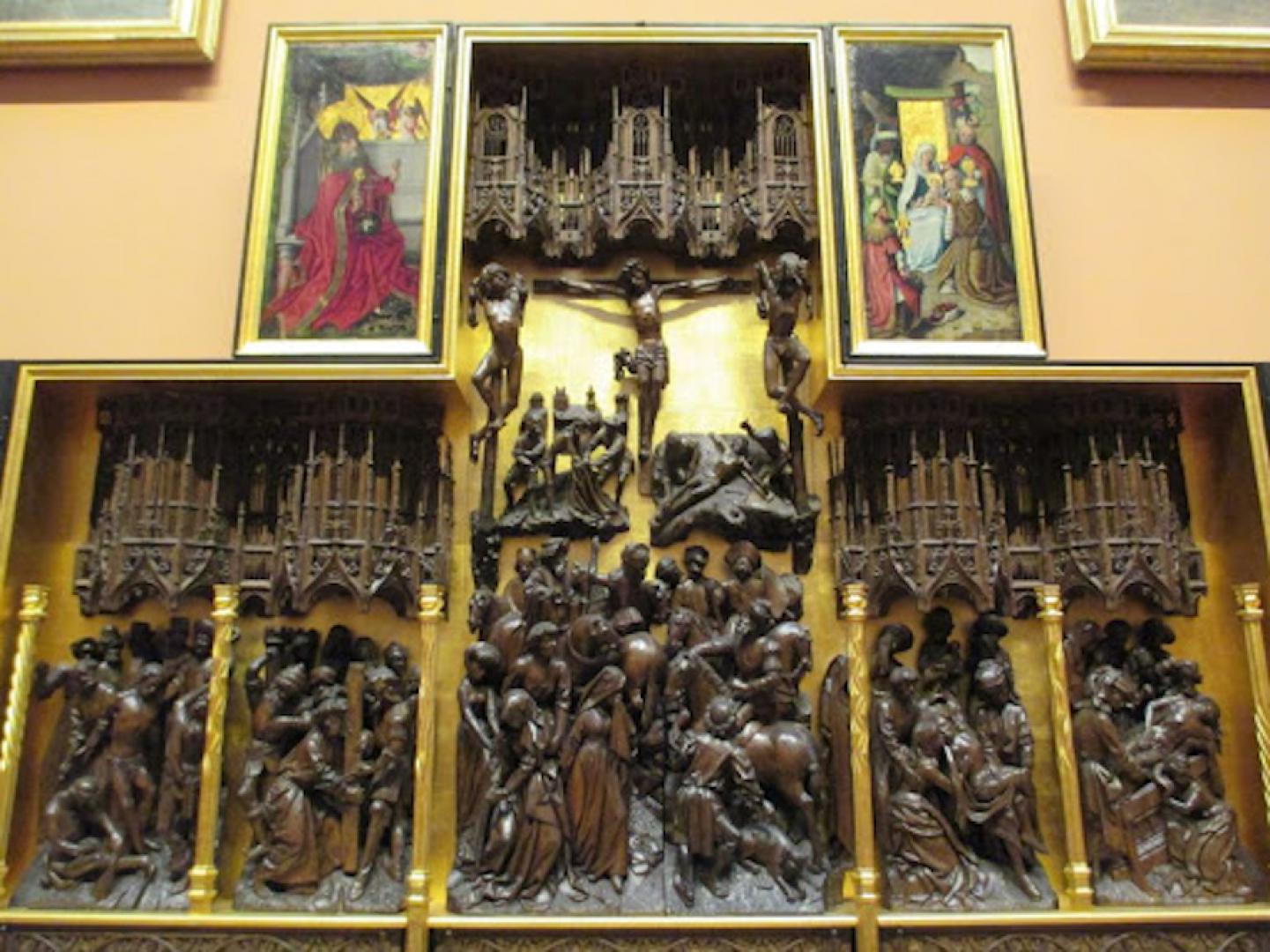In the latest of her regular columns, Dorothy Blundell takes a sideways look behind the scenes at The Bowes Museum where she is a volunteer
THE founders of The Bowes Museum left behind a magnificent building and 15,000 objects to fill it, all for the education and enjoyment of the public.
Did they have a lightbulb moment – even though lightbulbs had yet to be invented?
Maybe it was not a flash of inspiration; maybe it began with a “wouldn’t it be nice if…” daydream which developed into the kernel of an idea before taking shape as a plan and evolving into reality. We can only speculate how it happened, for there is no record of the circumstances surrounding exactly when and why the decision was made.
At every opportunity, John Bowes made it clear that his wife Josephine deserved the credit for the museum.
Of course, he fully supported her and together they set about creating what now stands as a testament to their dual devotion: to one another and to their project.
Josephine tapped the museum’s foundation stone with her engraved silver trowel in 1869.
But it was ten years before that she had conceived the idea of building it. Or so we think.
Consider the evidence: when they married in 1852, John gave his new bride a French château. This home in the country would have been the perfect family home. And Josephine must have had enormous fun overseeing the property’s renovations and then furnishing it.
For her, coming from a life of treading the boards, it probably felt like an intensive course in how to be a society hostess.
She made extensive use of a fashionable Paris firm called Monbro fils aïne for everything from fine furniture and antique reproductions (many can be seen in the museum), to curtains, doormats, spring-cleaning and reupholstering.
Sadly, no offspring appeared and, as the decade drew to a close the prospect looked less and less likely, with Josephine in her mid-30s, her health increasingly frail and with John’s possible infertility. It was in 1859, at an auction of Monbro stock, that the couple bought a large carved and painted 15th century Flemish altarpiece by the Master of St Gudule.
Admittedly, they could simply have been following the fashion at the time for acquiring medievalist art, but, as Caroline Chapman says in her biography of the couple: “It seems improbable that a work of this kind was intended for either the château or the house in Paris, so its acquisition may be the first sign that they had begun to buy for a museum.”
In 1860, the château wedding gift was up for sale and, two years later when a deal was done, it was Josephine’s wish that proceeds be used towards their project. From that time on, they bought paintings, porcelain and other art at a prodigious rate.
Once the museum reopens on May 17, the altarpiece, with its beautiful oak carvings and hinged painted panels, can again be seen in all its glory in the religious picture gallery.
It depicts 12 images illustrating the story of the crucifixion and resurrection of Christ, some of which had been previously hidden because of their poor condition.
It is shown as it might once have looked above and behind a church altar – a dramatic backdrop to the priest raising his arms aloft during the service and as a visual teaching aid for the congregation who could not read the Bible.
That this rare work, more than five centuries old, looks so splendid is thanks to a 2014 crowd-funding initiative which raised more than £21,000 in 60 days to pay for badly needed conservation work and redisplay.
Every collection, whether comprising 15 objects or 15,000, has to begin with just one item.
For John and Josephine, this could well have been the one.







